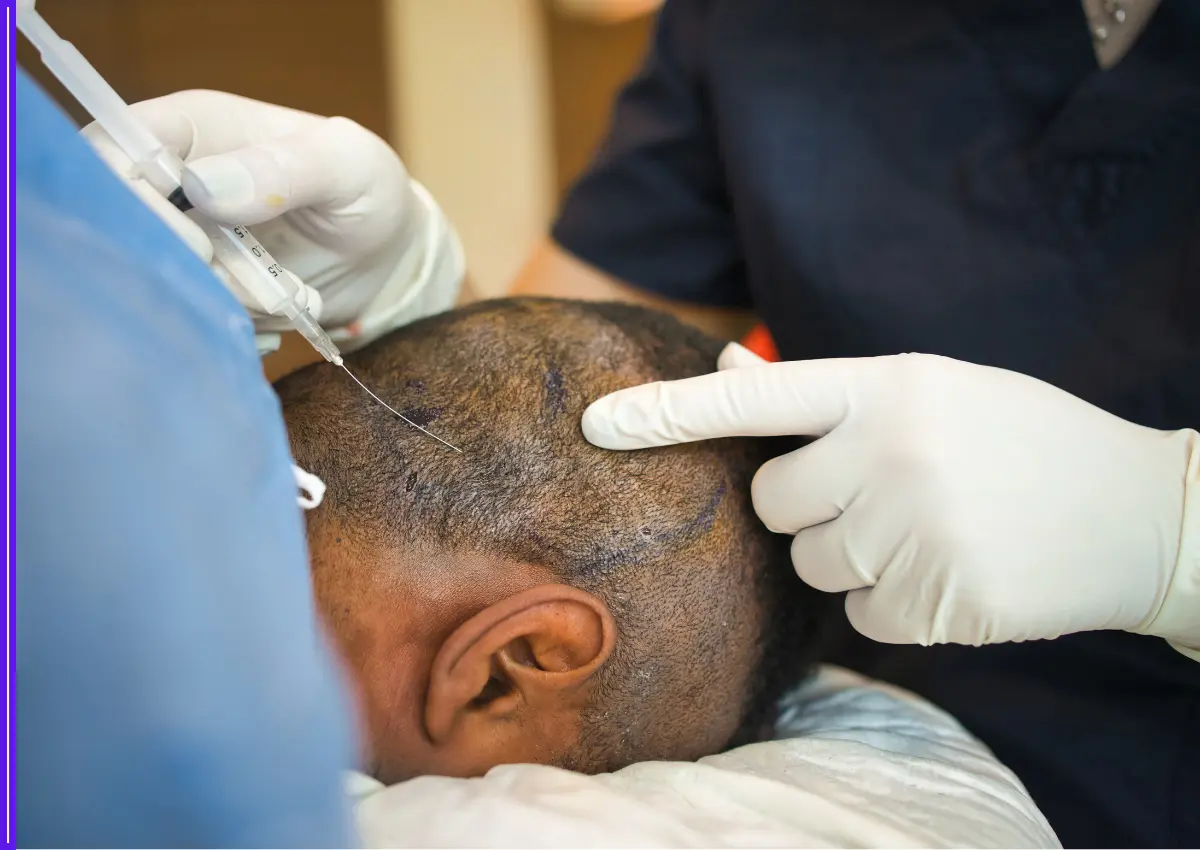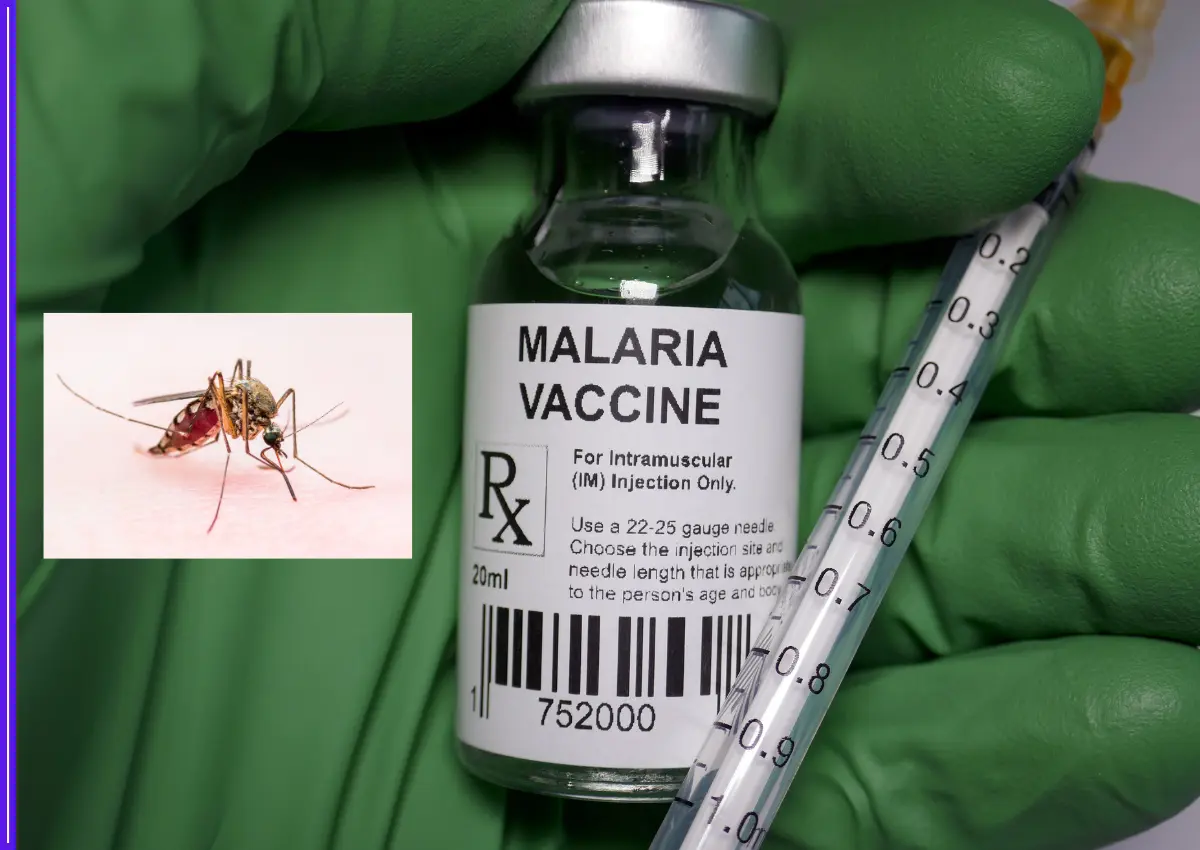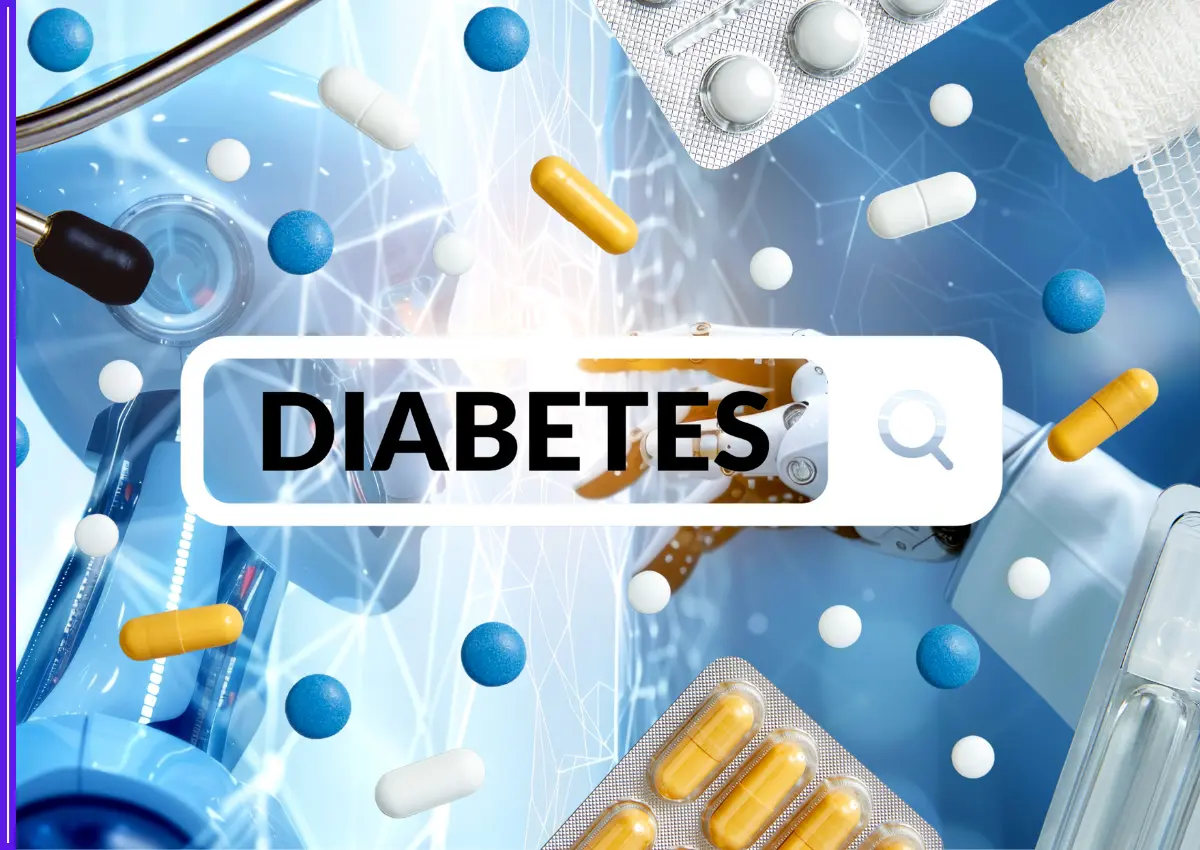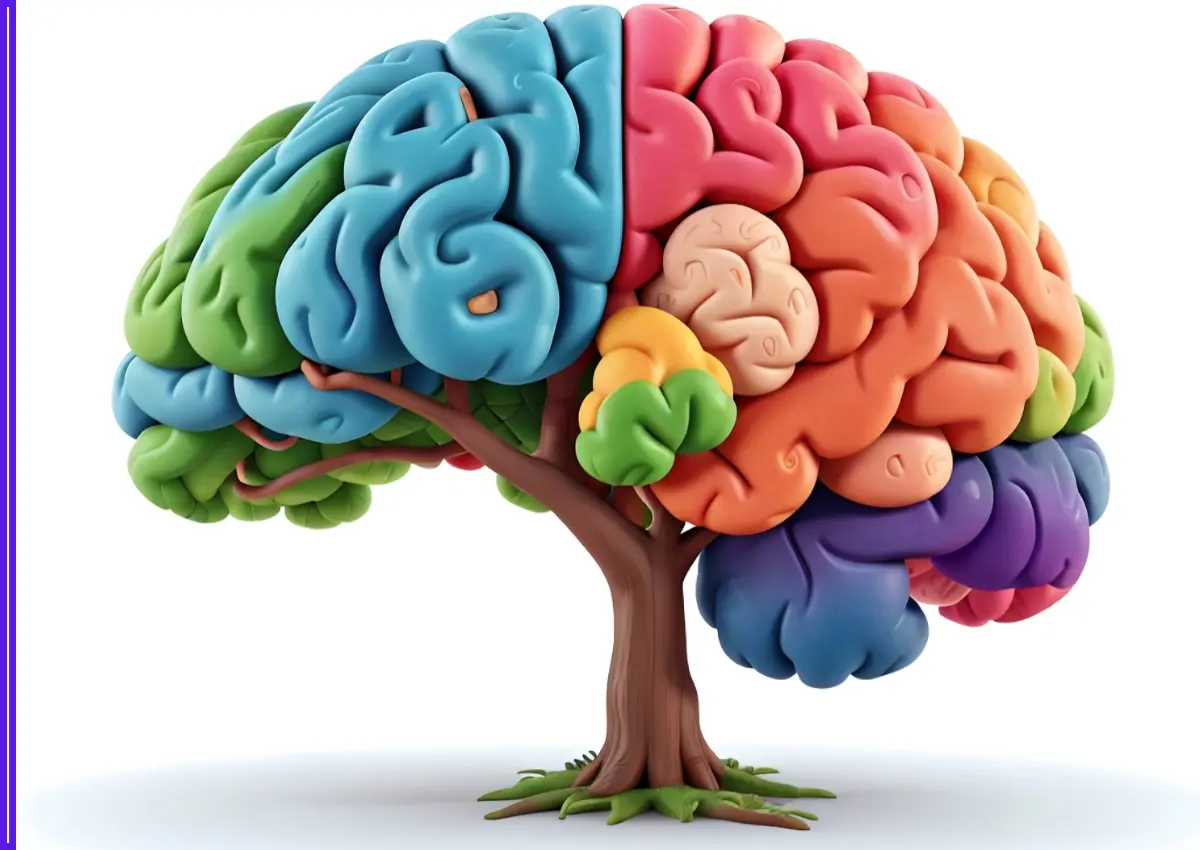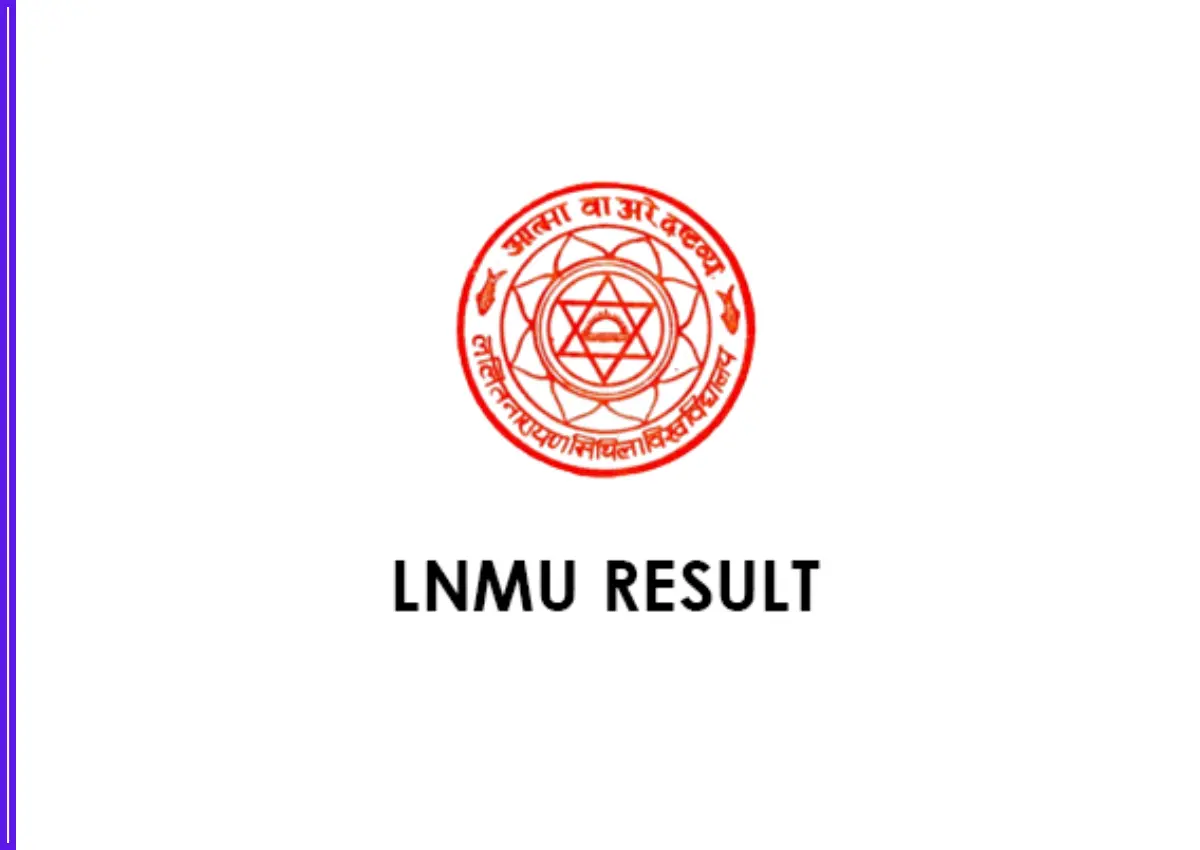In a remarkable breakthrough, researchers have turned an abandoned diabetes drug into a powerful new antibiotic — with the help of artificial intelligence. The drug, called Halicin, has shown the ability to kill some of the world’s deadliest superbugs, offering fresh hope in the global fight against antibiotic resistance.
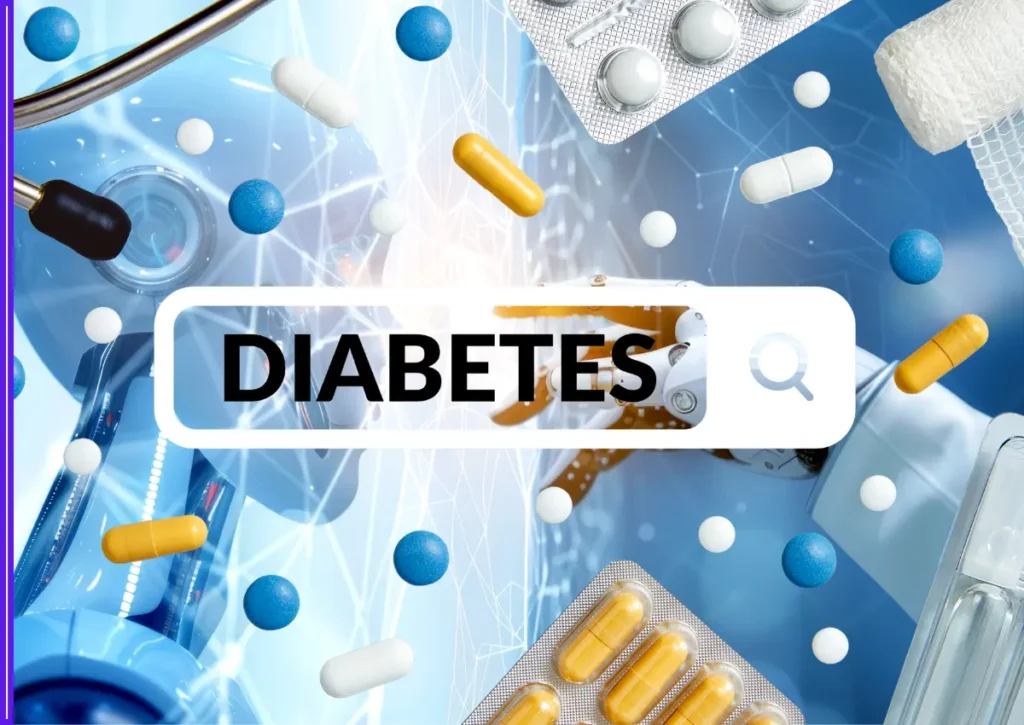
Halicin was originally developed years ago to treat diabetes, but it failed in clinical trials and was shelved. Today, it’s being reintroduced for an entirely different purpose — stopping infections that no current antibiotics can cure. The discovery comes from scientists at MIT, who used a deep-learning AI model to analyze thousands of chemical compounds and identify potential antibiotics that work in completely new ways.
Unlike traditional antibiotics, which usually target specific bacterial proteins, Halicin disrupts the bacteria’s internal power supply. It breaks down the membrane potential — essentially cutting off the energy source bacteria need to survive. This makes it extremely hard for the bacteria to adapt or develop resistance, which is what makes it so promising against superbugs.
In laboratory tests, Halicin successfully killed strains of Clostridium difficile, Acinetobacter baumannii, and Mycobacterium tuberculosis — all of which are listed by the World Health Organization as urgent threats due to their resistance to existing drugs.
One of the most impressive results came from animal trials. Mice infected with a drug-resistant form of A. baumannii were treated with a Halicin-based ointment. Within just 24 hours, the infection was completely gone. That’s a result current antibiotics have failed to achieve.
Even more impressive: when E. coli bacteria were exposed to Halicin for over 30 days, they didn’t develop resistance. In contrast, resistance to commonly used antibiotics like ciprofloxacin usually appears within just a few days in similar tests.
This success story is also a major moment for AI in healthcare. Instead of spending years on trial-and-error experiments, researchers trained an AI model to predict which compounds would be effective — and Halicin emerged as one of the top candidates. It’s a clear sign that AI could become a powerful tool in solving urgent medical crises, especially as pharmaceutical companies pull back from antibiotic development due to low profit margins.
Although Halicin has not yet reached clinical use, researchers say the results so far are extremely promising. It still needs to pass safety and toxicity tests before human trials can begin. But for now, scientists believe this AI-guided discovery could be the foundation for a new generation of antibiotics.
As superbugs continue to spread and traditional antibiotics lose their power, Halicin stands out as a symbol of innovation — a forgotten drug brought back to life by cutting-edge technology. It might just be what the world needs to turn the tide in one of modern medicine’s greatest battles.

